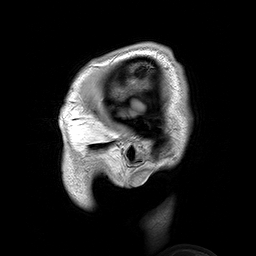Parents accustomed to plotting their baby's height and weight on a growth chart might one day find themselves also graphing their offspring's brain development too. 
Washington University researcher Nico Dosenbach and his colleagues, writing in Science, analysed the MRI brain scans of 238 individuals between 7 and 30 years old to see how the connectivity of the brain alters with age and maturity. Using a mathematical algorithm to tease out relationships linking the activities in different parts of the brain while each subject rested in the scanner for 5 minutes, the team found a striking result. As the brain "matures" with age the pattern of connections changes significantly. Younger subjects, they found, tended to have denser functional connections between closely-situated brain areas; adults, on the other hand tend to show weaker short-range functional connections and stronger links to more spatially separated brain regions. The researchers have been able to generate a "remodelling roadmap" that traces how these brain connections alter over time.
This could provide a very useful tool in assessing individuals with behavioural, neurodevelopmental and psychiatric complaints. As the team point out, brain scans are often performed as part of the workup for a suspected developmental disorder, but these scans tend only to exam the gross anatomical structure of the brain. Instead, simultaneously studying the connectivity of the brain, which this study has shown requires no additional time in the scanner, would provide the neurological equivalent of plotting a child's growth trajectory to pick up a problem early...










Comments
Add a comment